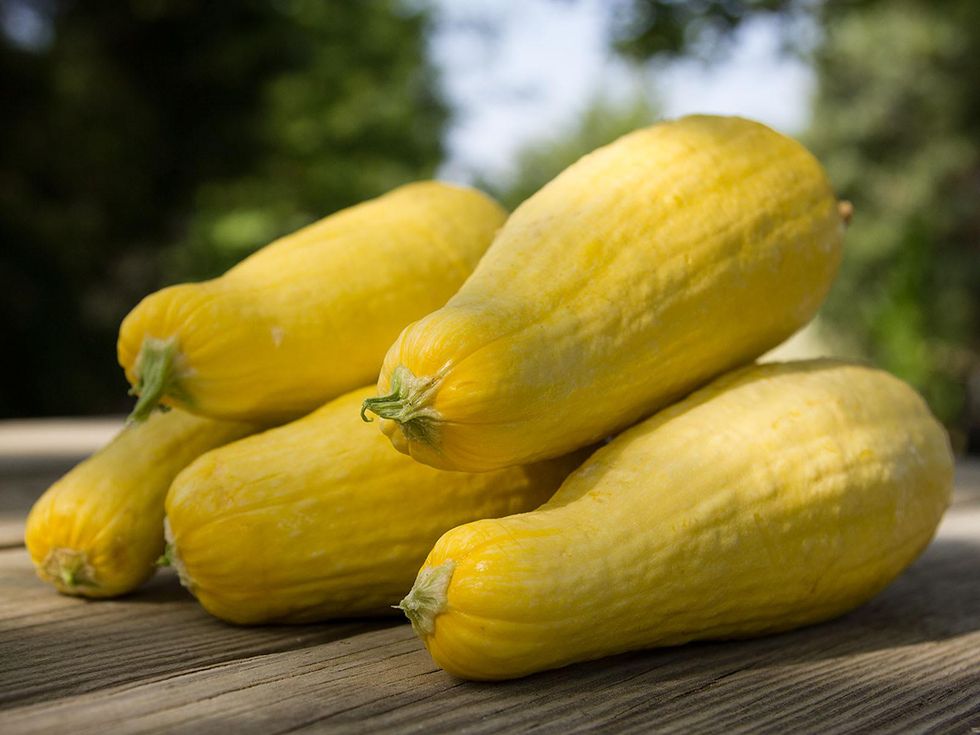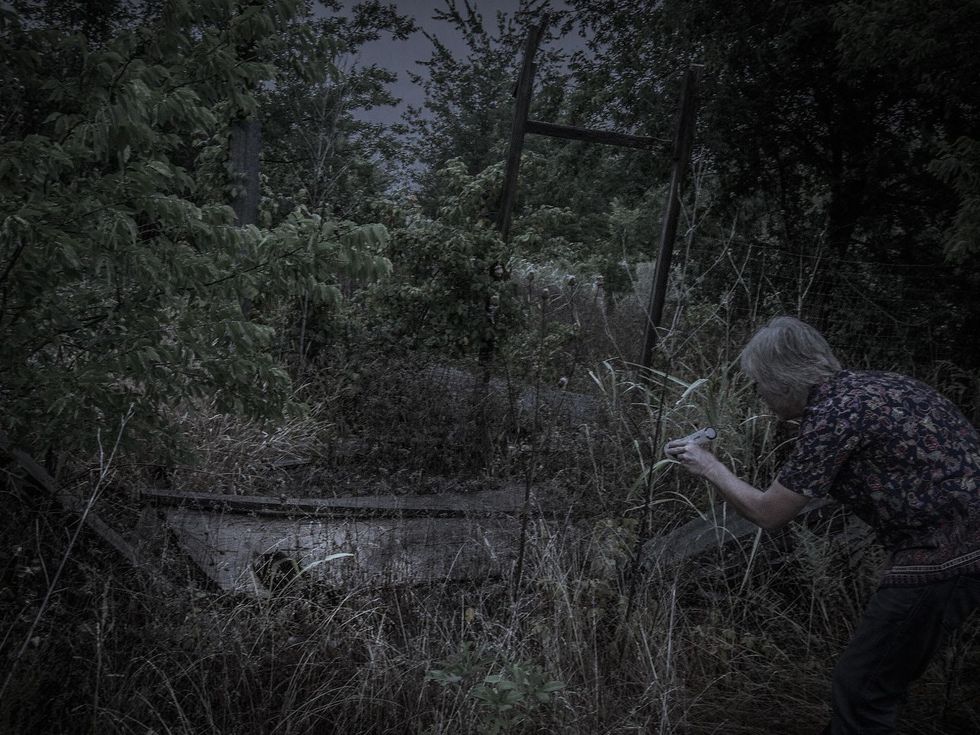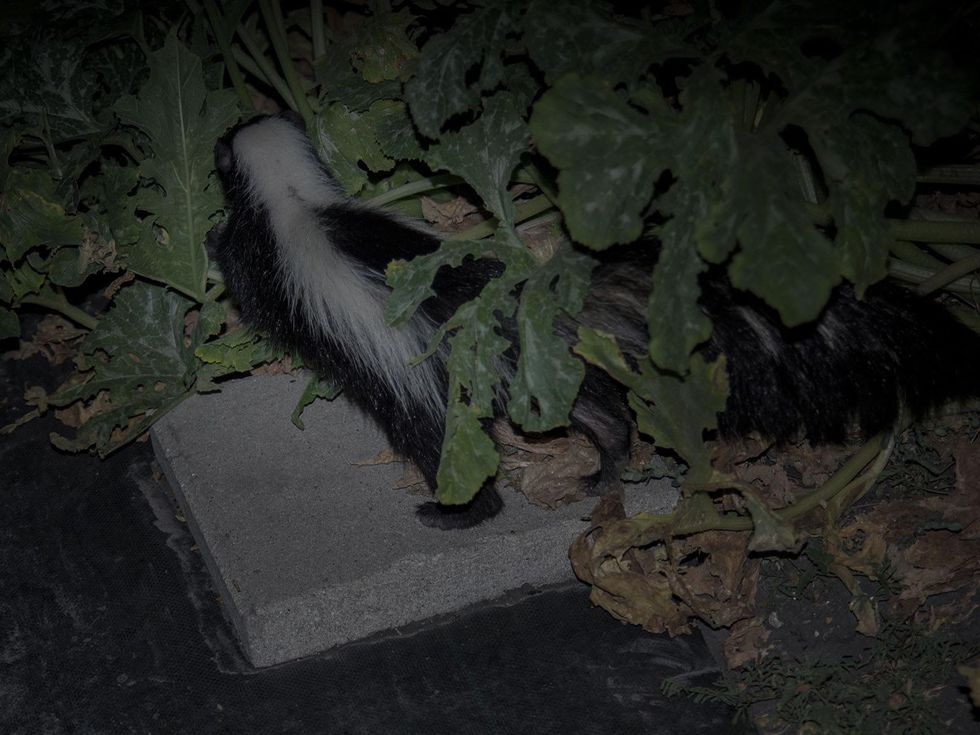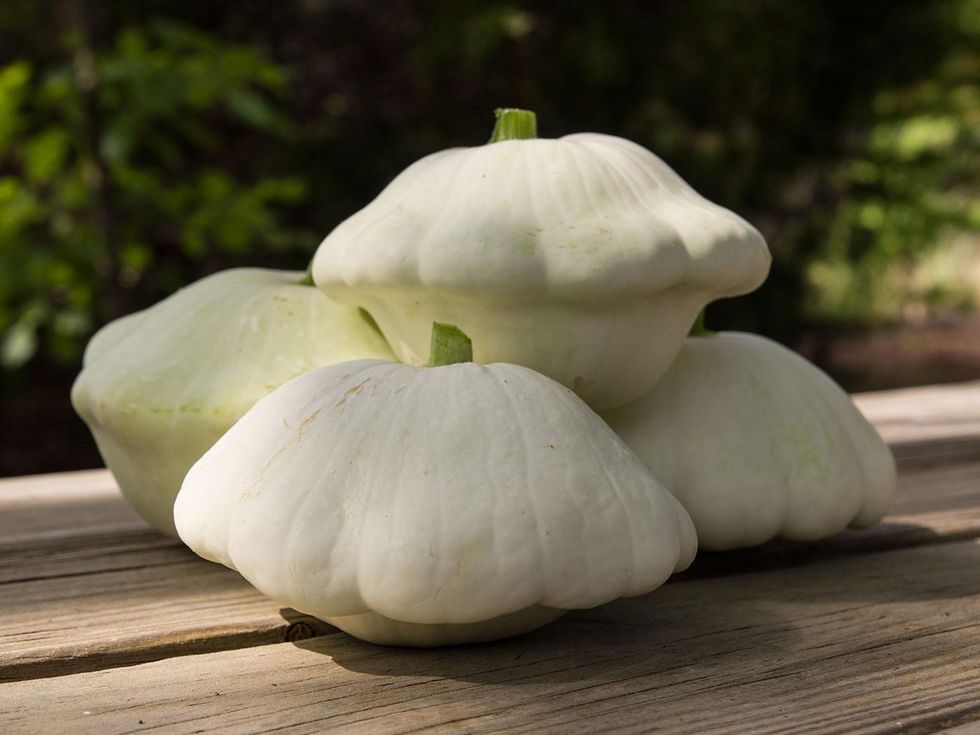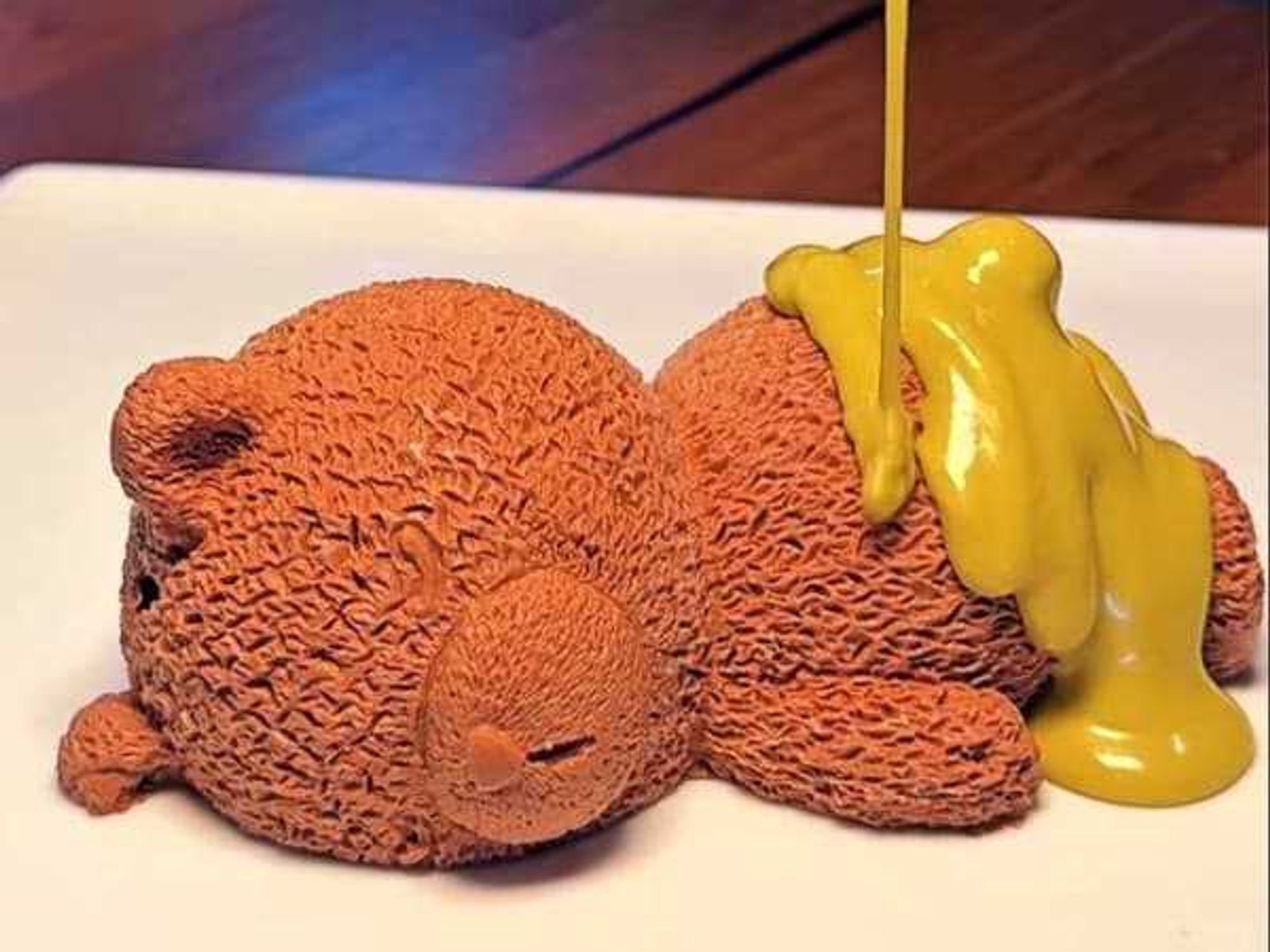The Farmer Diaries
North Texas farmer reveals furry secret to sudden squash success
Loud cries broke the peace of an evening as the sun was setting in early July. When the cries began, I had been carrying buckets of water to some native plum trees I planted this year in a field of tall grass near the debris of an old, dilapidated barn.
The cries were short, raspy and constant; somewhere around me, an animal was in trouble. My first thought was that one of my cats had caught a small animal. But when I looked around, I found them all in my yard, waiting out the heat of the day by lying in whatever cool, moist spot they could find on the ground.
The sky was getting darker, so I ran to my house to get a flashlight and returned to the barn. Minutes had passed, but the cries were just as intense. I followed the sound into an area shaded by trees where the barn once stood and searched the ground with the narrow beam of my flashlight. Finally, I spotted what was making all the ruckus: a baby skunk about the size of a kitten.
Because of my reluctance to take aggressive measures against squash bugs, my squash crops have been some of my poorest producers in the last three years.
About 10 feet away, I watched the little one as he cried and paced back and forth on an old sheet of plywood that had once stood as part of the barn's wall. I couldn’t see what was wrong with him; he looked uninjured. I concluded that he had somehow become orphaned and was now starting to suffer from hunger. I approached him in order to get a better idea of his condition.
By the time I eased through the tall weeds and came within three feet of him, something rustled under the wood beneath the baby. It was a mother skunk, clumsily emerging from under the debris. I turned and sprinted away. I've stumbled near baby skunks before; I've witnessed the fury of a mother's love, when the mother skunk stomps her feet in warning, then tries to chase the aggressor, risking her life to defend her babies.
When I looked back, I saw that she had already dived back down into the debris and hidden. She seemed to have only popped up long enough to say, "Come back under here, baby; it's getting dangerous out there." Because immediately the baby skunk's cries turned into simpering, and he followed his mother back to safety under the collapsed wall.
The experience reminded me of the handful of times I've found a young child crying alone in the aisle of a grocery store, separated from his mother by a row of shelves. Once reunited, the crying stops, and everything is back to normal.
In this instance, though, I suspect that the mother was letting her baby gain a little independence and was not alarmed by the cries until I came too close. I enjoyed witnessing the skunks; I always enjoy seeing wildlife do whatever wildlife does.
Squashing the squash bugs
One of the treats of summer is the abundance of fresh squash and zucchini picked the day it's to be eaten. But for several years, I've had no luck in growing them. I’ve only had the chance to pick enough for a meal or two before the plants die suddenly in a day, no matter what I do to help them along: fertilizing them, keeping their soil moist, occasionally spraying for bugs — nothing has helped.
This year turned out to be a great one for squash. But the only difference in my care for the plants was that I had done little to control the squash bugs — there weren't any to be found.
I believe that squash bugs are to blame. Squash bugs are small, dark gray insects that grow about as wide as a nickel and have a triangular shape at both ends of their hard bodies. Their nymphs are light gray and soft, clustering together at the base of squash plants and spending their days sucking the juices from the stems. If enough of them feed on a plant, the plant dies, often in a day, drained of its nutrients.
Controlling squash bugs is a continuous chore, as they reproduce prolifically. The first step in organic control methods is to handpick the eggs and bugs off the plant. The ones that get away can be killed with one of several organic pesticides on the market, products containing spinosad or pyrethrins. But these insecticides kill bees too. So I avoid using them on flowering crops.
Because of my reluctance to take aggressive measures against squash bugs, my squash crops have been some of my poorest producers in the last three years — so much so that I've considered giving up on them and using the space for better bets.
When I spent hours last winter poring over seed catalogs from Baker Creek Heirloom Seeds, Botanical Interests, Native Seeds/SEARCH and Texas’ own Wilhite Seed, I became motivated to try squash again this year. In fact, I ordered more varieties than ever before, determined to make them work somehow.
In the spring, I planted the old standbys of yellow and crookneck squash and zucchini. I also tried round zucchini, scallop squash and cocozelle; if this was my last attempt at squash, I was at least going to put some effort into it.
By June, I harvested such an abundance of squash that my refrigerator was packed full of it. This year turned out to be a good one for growing cucurbits, but why remained a mystery. I prepared the soil as I always have, planted the seeds when I usually do, watered the young plants in the same routine as before.
The only difference in my care for the squash plants was that I had not done much of anything to control the squash bugs — there weren't any to be found.
The squash bugs were nowhere to be found because a skunk was eating them, every night. Unknowingly, we were working together and tending each other's crops.
Furry friend in the garden
In mid-July, the sun had just set, and a moonless night was falling fast when I was watering the last of my crops. As I worked my way around from one raised bed to another, I kept hearing what sounded like a plastic grocery bag flapping around in the wind. The noise provoked my curiosity.
The breeze that night was barely noticeable, yet the bag sounded like it was caught in the wind of a thunderstorm. Then it stopped. A few seconds later, it started again. A few seconds later, it stopped. This rustling followed by silence happened again and again. Finally, I could stand the curiosity no longer and had to to see just what that noise could be.
I followed the sound into a row of squash plants. With barely enough light to see, I spotted the unmistakable black-and-white markings of a skunk. The little creature was darting through the dry leaves from one plant to another, toward the center where each plant meets the ground and sends down roots — the place where squash bugs congregate.
My chest heaved as I tried to restrain my laughter, and my eyes teared up a little. I felt awed, humored and happy all at the same time — it was an epiphany. My sight of the baby skunk and his mother, all the close encounters I’ve had with skunks this year near my garden, and my unprecedented success with squash — they were all connected.
The squash bugs were nowhere to be found because this skunk was eating them, every night. The skunk walked around the plants with familiarity, knowing just what to expect at the base of each plant, because this was the skunk's routine, just like mine was to water the plants each evening. Unknowingly, we were working together and tending each other's crops.
Quickly, I got my camera. Knowing I'd only have one chance to get a photo, I set the camera on automatic — poor picture quality but sharp and bright. I snapped a shot; as I thought, the flash scared the bushy black-and-white creature off running toward the dilapidated barn where I had heard the cries earlier in the month. I felt certain that this skunk was the mother I had seen before, or at least a relative.
A little saddened that I had frightened the skunk, I was still very happy with my chance encounter. I was also glad I hadn't undertaken any serious measures to control the squash bugs this year or in the past, because my new skunk friend had been feeding on them. Perhaps it has taken a few seasons for the skunk population to catch up with the infestation in my garden.
If not for my lack of success in growing squash sustainably in the last few years and the patience I was forced to exercise, I’d have missed out on the enjoyment of witnessing wildlife doing what wildlife does, and I’d have eliminated one of the surest pest control measures I could have hoped for.
